Hijab As A Tool For Interfaith Dialogue
Faith
|
Sep 23, 2018
|
5 MIN READ
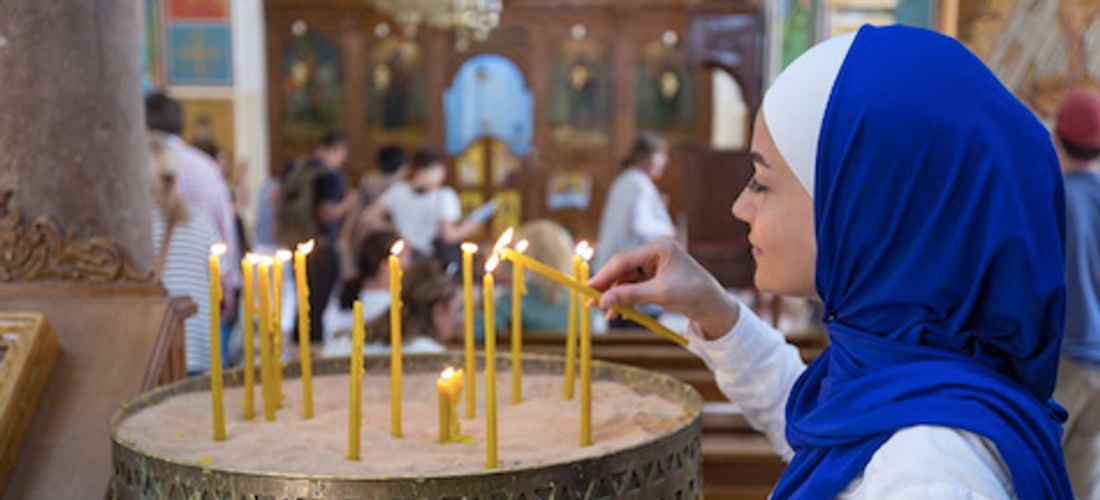
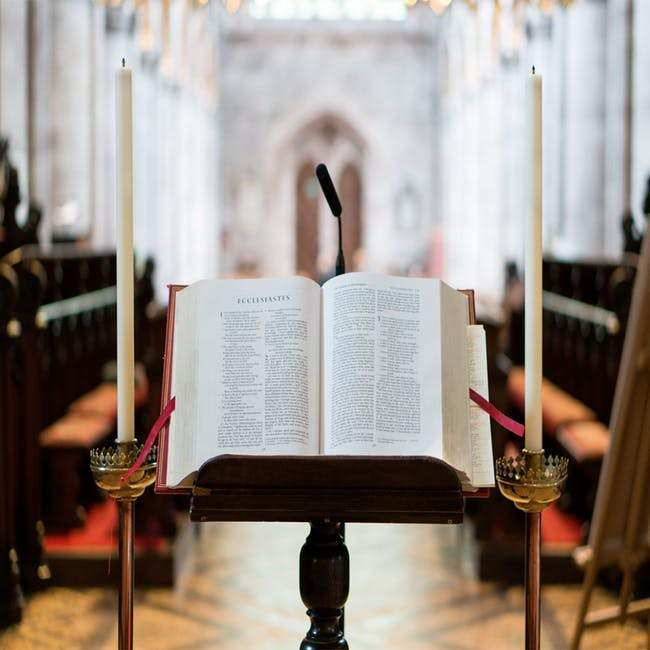
It wasn’t until I graduated high school and ventured out into the 'real world', out of my comfort zone, out of my bubble, that I began to realize that the “modesty” line wasn’t going to cut it. Sure, modesty is a big part of Islam and hijab but you can also be modest without covering your hair. All of a sudden, I was the only Muslim woman at a private Christian university where I encountered my first taste of aggression towards my faith from my biology professor who suggested I check my [bleep] calendar before asking her for a day off for Eid ul Fitr. Try explaining moon sighting to someone like that! She also assumed that I didn’t drive since apparently, “You Muslim women aren’t allowed to drive cars, isn’t that right?” For the first time in my life, I had to prove my worth to those around me. I had to show them that they couldn’t judge me based on the piece of cloth wrapped around my head. I had to show them that I was just like them in so many ways. Naturally, I started to dig deeper into what hijab really meant to me and why I choose to wear it every single day.
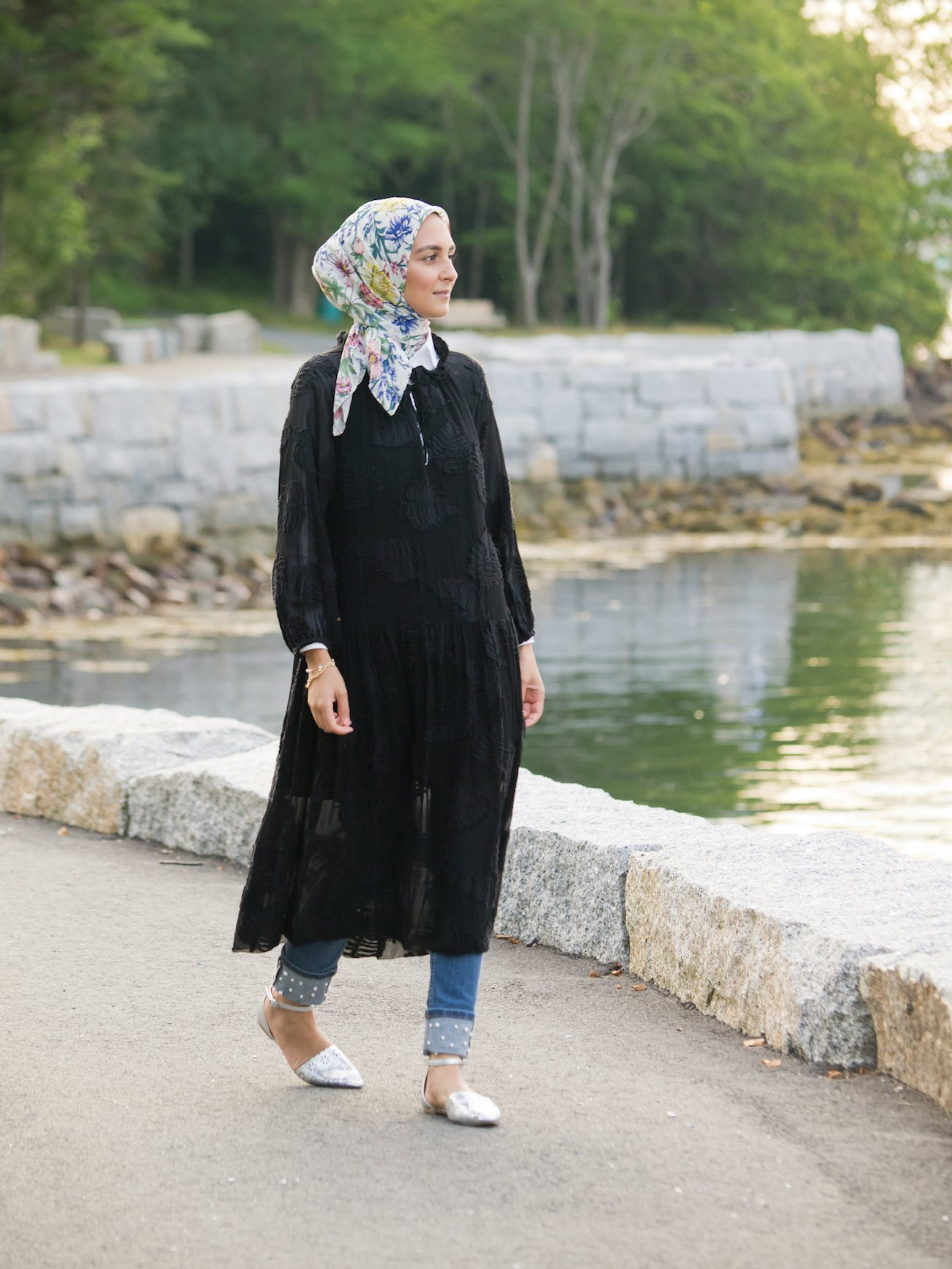
This took a lot of time and a lot of reflecting. In fact, it wasn’t until this past Ramadan when my husband’s coworker invited Kareem and I to the Sunday school class at her local church that I felt like I was finally equipped with the right tools and answer to the infamous question; “Why do Muslim women wear hijab?” The Sunday school class had hosted us before and we talked about growing up Muslim in America. My husband had a much different experience than I did, since he attended a public school and was exposed to bigotry from a young age. This time, we were invited to speak about Ramadan and other specific topics, including women in Islam and hijab. Coincidentally, that week I had watched Haute Hijab’s Ramadan Vlog titled, “Why I Wear Hijab”. This wasn’t the first time I had heard Melanie speak about hijab and the true reasons why we wear it, but it was as though Allah (S) was preparing me for the interfaith dialogue at the end of the week.
As you can imagine, the very first question I was asked was, “Why do Muslim women wear hijab?” For the first time, I felt prepared and confident in my response. I explained to the class, as I was reminded by Melanie in her vlog, that wearing hijab is, in fact, a practice that predates Islam and is not exclusive to Muslim women. Hijab was mandated to women of both the Christian and Jewish faith before Islam was even revealed to the Prophet Muhammad (S). I went on to explain that there are two very specific verses regarding hijab in the Quran:
“O Prophet, tell your wives and your daughters and the women of the believers to bring down over themselves [part] of their outer garments. That is more suitable that they will be known and not be abused. And ever is Allah Forgiving and Merciful.” [33:59].“And tell the believing women to reduce [some] of their vision and guard their private parts and not expose their adornment except that which [necessarily] appears thereof and to wrap [a portion of] their headcovers over their chests and not expose their adornment except to their husbands, their fathers, their husbands' fathers, their sons, their husbands' sons, their brothers, their brothers' sons, their sisters' sons, their women, that which their right hands possess, or those male attendants having no physical desire, or children who are not yet aware of the private aspects of women. And let them not stamp their feet to make known what they conceal of their adornment. And turn to Allah in repentance, all of you, O believers, that you might succeed.” [24:31]
I elaborated more on the first verse and stressed the two reasons that are mentioned so very clearly in the verse;
It made sense: THIS is why I wear hijab. It is was mandated by God for me to be recognized as a woman of faith and to protect me from getting harassed. I explained to them that if I didn’t wear this garment around my head, no one in the room would know that I’m Muslim and that in itself would bother me. I am proud of my religion and all that it represents and want to be known and recognized as a woman who practices Islam. I went on to explain that wearing the hijab protects me in more ways than one, and helps me keep my thoughts and action aligned with the teachings of Islam.
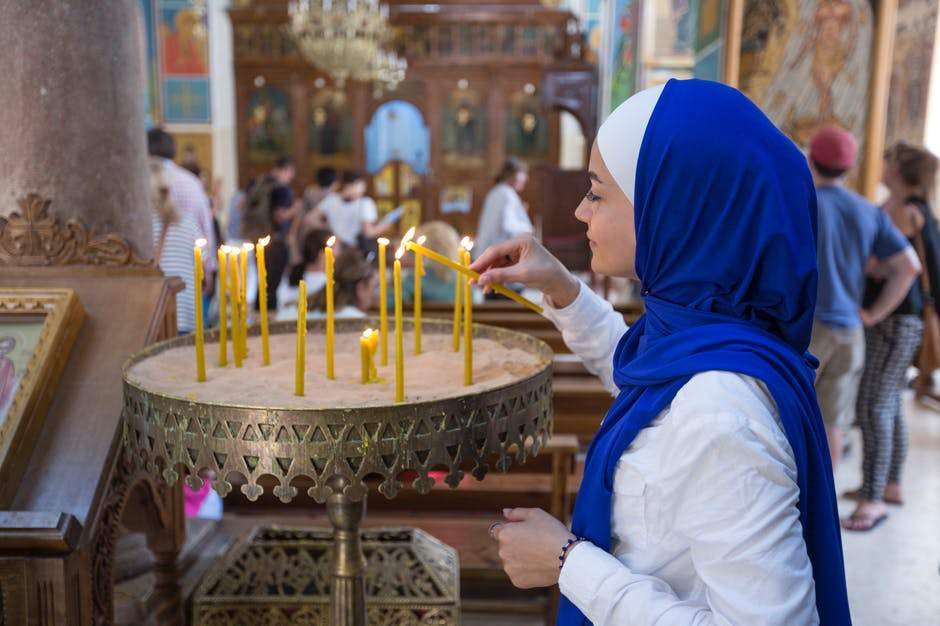
Not only did giving this explanation give me a sense of fulfillment, it also opened the doors to a greater conversation that led to women’s rights in Islam as well as examples of Muslim women who historically have and continue to play various important roles in society, from homemakers to scholars, businesswomen, scientists, lawyers, health care professionals, and athletes...the list is endless! In addition, I showed them that wearing the hijab for me is also a type of self expression. I brought with me a collection of the different types of hijabs I own, with varying fabrics and shapes and demonstrated how I incorporate the different hijabs I wear into my personality and style – as long as it fits the parameters prescribed by God. I showed them how my hijab is a source of empowerment and self-confidence, and how I feel beautiful in it as I walk out the door. The class was in awe at the endless possibilities my hijabs brought to the table.
That day, I walked away with a sense of achievement. I went into the church hoping to educate others on my religion and walked away with validation that I wear the hijab not because it’s second nature to me, or that it was commanded by God just as a form of modesty, but a true belief and understanding in the reasons Allah (S) has mandated it obligatory for me to wear as a Muslim woman.
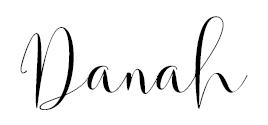
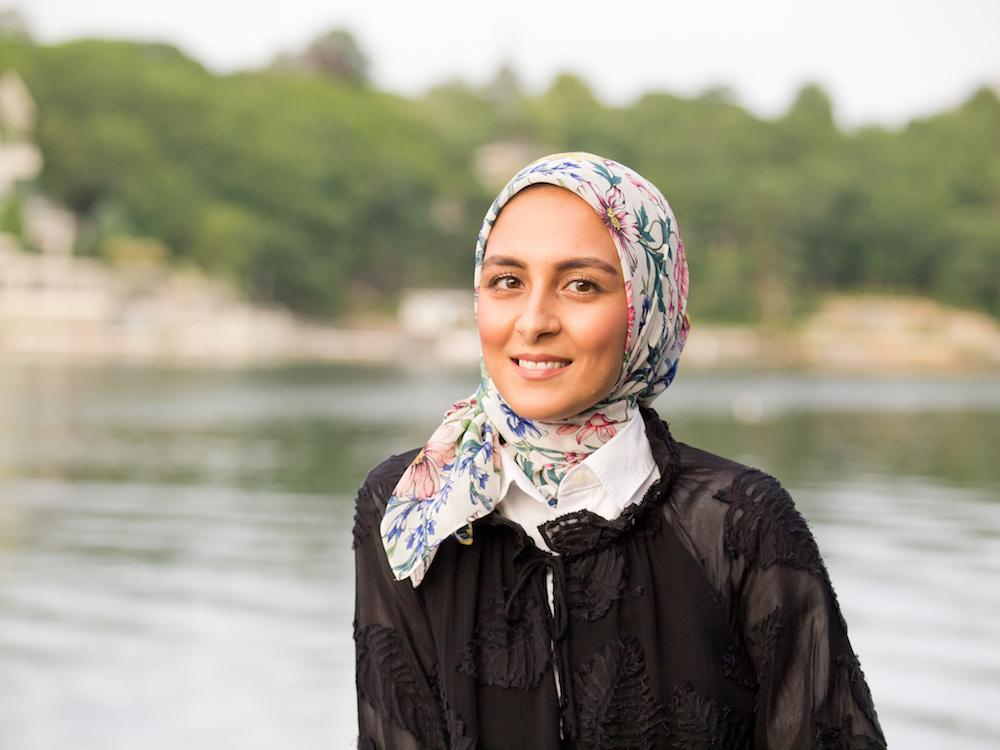
Love this post? Share with your friends on social media!
Has your hijab sparked any interesting conversations? Tell us about it in the comments below!
Subscribe to be the first to know about new product releases, styling ideas and more.
What products are you interested in?

